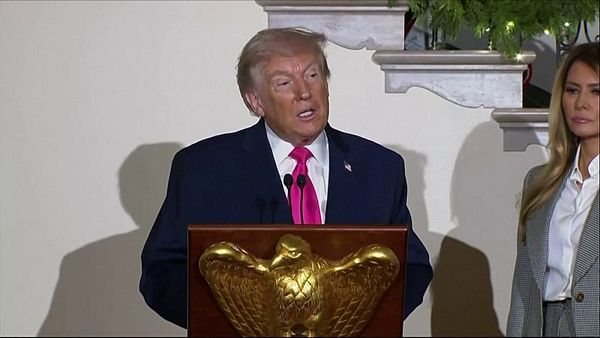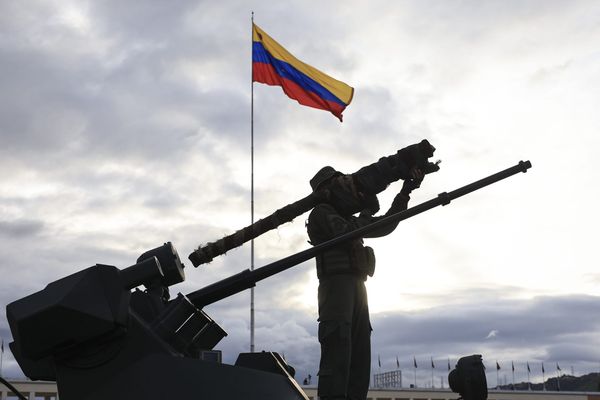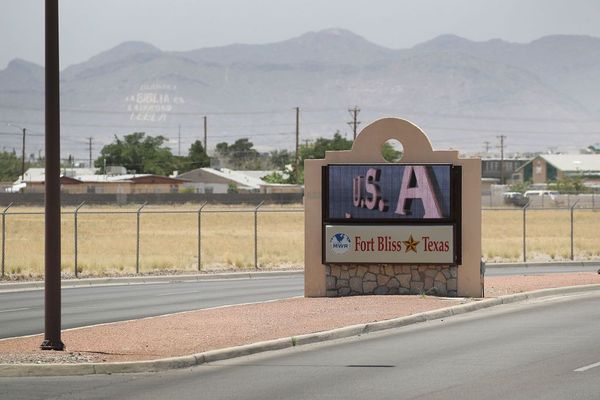Global hunger is on the rise, driven by the climate crisis, the COVID-19 pandemic shocks, conflicts, poverty, and inequality. Millions are living in hunger and many more do not have access to adequate food. More people are living in hunger than in 2015 when the member states of the United Nations, including India, agreed to Sustainable Development Goals (SDGs) that provide a shared blueprint for peace and prosperity for people and the planet, now and into the future.
In 2019, 650 million people around the world suffered from chronic hunger — 43 million more than in 2014. Since the onset of the pandemic, the number of people on the brink of starvation has doubled from 135 million people, pre-COVID, a year ago to 270 million.
India’s outreach
The title invokes the concept of Vasudhaiva Kutumbakam, ‘Earth is One Family’, from India’s traditional philosophical outlook that has gained huge relevance over the past 75 years since being cited in the United Nations General Assembly (UNGA) to underline the collective nature of the crises and a matching response that is needed.
At the core of the concept is ‘ Vasudha’, which means the planet earth, and describes how different nations form one collective and cannot escape the common connection of concern and humanity.
In his 2014 UN General Assembly address, Prime Minister Narendra Modi said, “India’s traditional outlook sees the world as one family and that is linked to its Vedic tradition of Vasudhaiva Kutumbakam” — underlining its relevance not just for global peace, cooperation, environment protection but also for humanitarian response including rising global hunger and leaving no one behind.
The number of people in need of urgent food assistance — estimated at 270 million in 2021 — because of the pandemic will grow significantly with the crisis in Afghanistan and the ongoing war in Ukraine. The fallout of the war is driving food and fuel prices that will add to the burden to the millions (especially the poor and marginalised) who are struggling.
Sadly, the global burden of malnutrition remains enormous, with almost 150 million children stunted, nearly 50 million wasted, and every other child — as well as two billion adults — suffering from micronutrient deficiencies.
Helping Afghanistan
India’s recent and ongoing humanitarian food assistance to the people of Afghanistan, through the United Nations Food Programme (where half of the population needs urgent food assistance to avert a famine) is an example of its commitment and commendable steps towards humanitarian crises.
The 50,000 Metric Tonnes (MT) of food assistance in the form of wheat committed by India is being sent in instalments to Jalalabad, Afghanistan, through Pakistan. The first consignment, part of India’s in-kind contribution to the United Nations World Food Programme (WFP), was flagged-off on February 22 in a ceremony at Amritsar’s Attari border crossing, by India’s Foreign Secretary Harsh Vardhan Shringla and Afghanistan’s Ambassador to India Farid Mamundzay. I was honoured to be a part of the historic and timely support by India.
It is important to put this assistance in the context of the need in Afghanistan. Over 22.8 million people — half of the population — are projected to be acutely food insecure in 2022; this includes 8.7 million at risk of famine-like conditions. Nearly 4.7 million children, pregnant and lactating women are at risk of acute malnutrition in 2022. All 34 provinces are facing a crisis or emergency levels of acute food insecurity.
The WFP in Afghanistan has in place a massive supply chain and logistics infrastructure, with hundreds of trucks and staff ensuring that food assistance reaches those who need it the most and no one is excluded. This makes each contribution and partnership with the Government of India, a lifesaving one for children, women, and men in need.
India has been a strong ally of the Afghan people, traditionally, and has extended over a million metric tonnes in the past, including 75,000 metric tonnes last year in partnership with the WFP.
In the past two years, India has provided aid to several countries in Africa and the Middle East/West Asia to overcome natural calamities and the COVID-19 pandemic. I have been a party to India’s support to Yemen and Zimbabwe in the past.
From sufficiency to assistance
India has made enormous progress in food production over the years, with an inspiring journey towards self-sufficiency in food production, marked by the Green Revolution. In 2020, India produced over 300 million tonnes of cereals and had built up a food stock of 100 million tonnes. The country has registered record harvests over the last few years, with several enabling policies and incentives to farmers. In 2021, India exported a record 20 million tonnes of rice and wheat.
As India’s foodgrain surplus continues to grow, along with its footprint as a key humanitarian food assistance player, underlining its partnership with the WFP, it is also important to highlight the story of its transition from receiving food aid to now providing food aid to those in need.
The long journey from chronic food shortage to surplus food producer offers several valuable lessons for other developing countries in Asia, Africa, and Latin America in land reforms, public investments, institutional infrastructure, new regulatory systems, public support, and intervention in agri markets and prices and agri research. I witnessed some of this transformation as an agronomy student at the Punjab Agricultural University around four decades ago. We also saw this aspect being highlighted through the UN Food Systems Summit 2021 process.
Safety nets
One of India’s greatest contributions to equity in food is its National Food Security Act (NFSA) 2013 that anchors the Targeted Public Distribution System (TPDS), the Mid-Day meals (MDM), and the Integrated Child Development Services (ICDS). Today, India’s food safety nets collectively reach over a billion people.
Food safety nets and inclusion are linked with public procurement and buffer stock policy. This was visible during the global food crises of 2008-2012, and more recently during the COVID-19 pandemic fallout, whereby vulnerable and marginalised families in India continued to be buffered by TPDS which became a lifeline with a robust stock of food grains.
The Pradhan Mantri Garib Kalyan Anna Yojana (PMGKAY) introduced in 2020 to provide relief to 800 million beneficiaries covered under the NFSA from COVID-19 induced economic hardships has been extended by another six months up to September 2022. The total PMGKAY outlay so far adds up to ₹2.6 trillion.
India’s support to its neighbours and other countries that struggle with food emergencies and food insecurity must continue its growth trajectory.
For instance, in Afghanistan itself the need is immense. Over half of all Afghan people — 23 million — now need emergency food assistance. The latest WFP food security data show that 95% of Afghans consume insufficient food, with the number rising to almost 100% among households headed by women. Two-thirds — 66% — are resorting to desperate coping measures such as borrowing money or skipping meals to feed their families, a six-fold increase since August last year.
Humanitarian food assistance and partnerships that help create robust policy innovations by way of food safety nets and resilient livelihoods, will contribute towards global peace.
It is not just important to respond to the hunger and the food security needs of communities affected by conflicts but also to consider addressing them as a global community to avoid human suffering and the massive humanitarian assistance needs that it creates.
A peace catalyst
Research undertaken by the Stockholm International Peace Research Institute (SIPRI) points to WFP programmes contributing to creating conditions for peace in four areas including ‘bolstering social cohesion, strengthening the link between citizen and state, and resolving grievances within and between communities’.
The Nobel Peace Prize to the WFP in 2020 cited the WFP’s role and the importance of access to food in maintaining peace.
India has made major progress in addressing hunger and malnutrition, but a lot needs to be done and we must continue this path as the trailblazer in access and inclusion through public policies and systems. For over five decades the WFP has been partnering with India and seen its transition from being a recipient to a donor.
However, we must take note of the fact that India can do more and is doing more on delivering the goal of Zero Hunger and equity globally.
As the world’s largest humanitarian agency, the WFP, and India, as the largest democracy, can leverage this partnership to contribute to addressing food emergencies and strengthening humanitarian response, embodying the spirit of ‘leave no one behind’ and Vasudhaiva Kutumbakam.
Bishow Parajuli is Representative and Country Director to India, United Nations World Food Programme (WFP)







